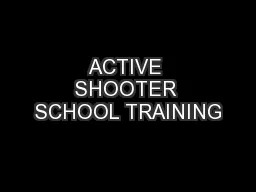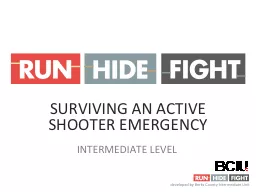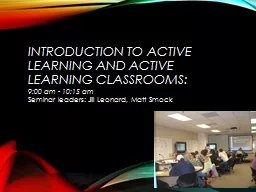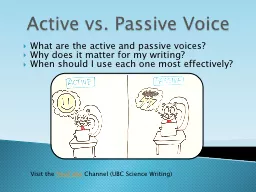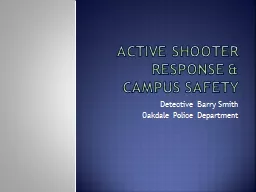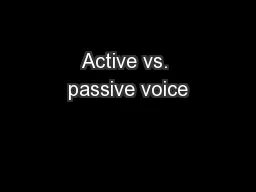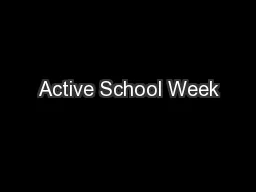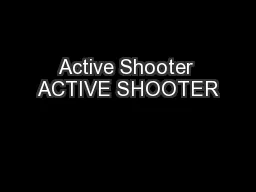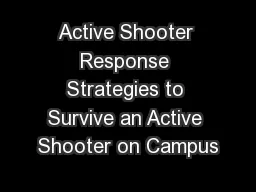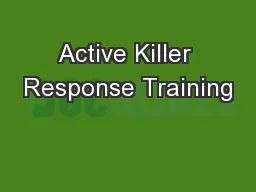PPT-Active School
Author : lois-ondreau | Published Date : 2016-06-17
Mini Grant Sponsored by 2014 Getting Started Why did you agree to be on this Active School Team Did you get a chance to look at the videosarticle sent by email
Presentation Embed Code
Download Presentation
Download Presentation The PPT/PDF document "Active School" is the property of its rightful owner. Permission is granted to download and print the materials on this website for personal, non-commercial use only, and to display it on your personal computer provided you do not modify the materials and that you retain all copyright notices contained in the materials. By downloading content from our website, you accept the terms of this agreement.
Active School: Transcript
Download Rules Of Document
"Active School"The content belongs to its owner. You may download and print it for personal use, without modification, and keep all copyright notices. By downloading, you agree to these terms.
Related Documents


